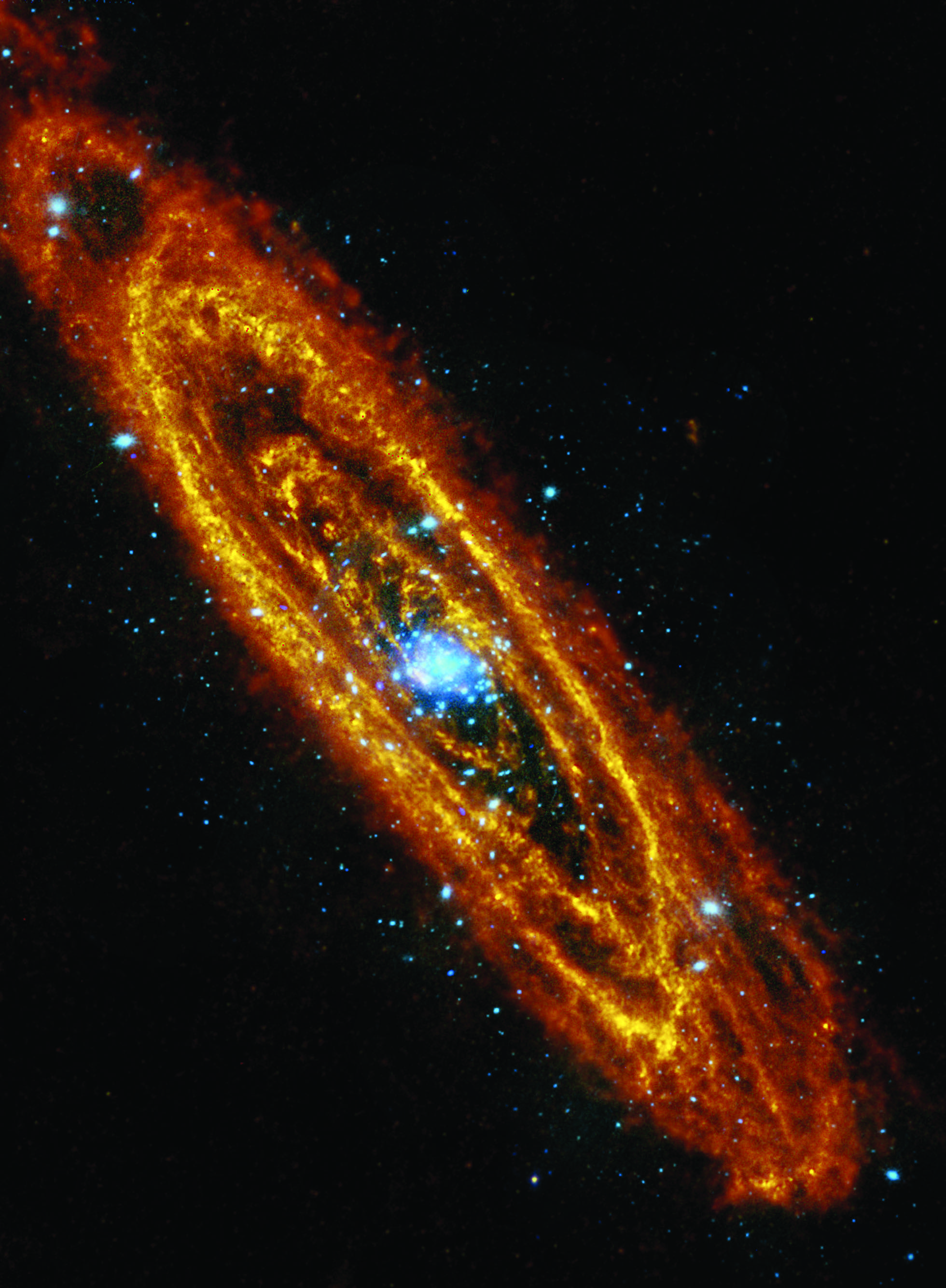Have you ever tried to count the stars? As a kid, you probably relied on your index finger and a good eye, but our universe extends far beyond the visible night sky.
Since it is impossible to count all existing stars individually, astronomers use galaxies to approximate a number. Stars usually form in clusters within galaxies, from large clouds of gas. “Galaxies can be used as representational volumes,” said Robert Zinn, an Astronomy professor at Yale. “In our galaxy, there are something like 100 billion stars.” By multiplying the numbers of stars in our galaxy by the approximate number of galaxies in the universe, astronomers estimate that there are roughly 10²² stars in the universe.
However, this approximation is likely inaccurate because all galaxies are different. To produce better estimates, astronomers use powerful telescopes to determine the luminosities of galaxies and rates of star formation.
As our imaging capabilities improve, so do our estimates. In 1995, the Hubble Space Telescope produced a deep field image indicating that star formation had peaked several thousand million years ago, but astronomers now say that dust clouds blocked many stars in the old image. With infrared, modern telescopes could reveal these hidden stars. The Gaia Space Observatory, for instance, is currently tracking approximately one billion stars within our galaxy, improving our understanding of stellar properties and the universe at large.
So, when you look up at the night sky, remember that you are only seeing a small fraction of the stars within the universe.

